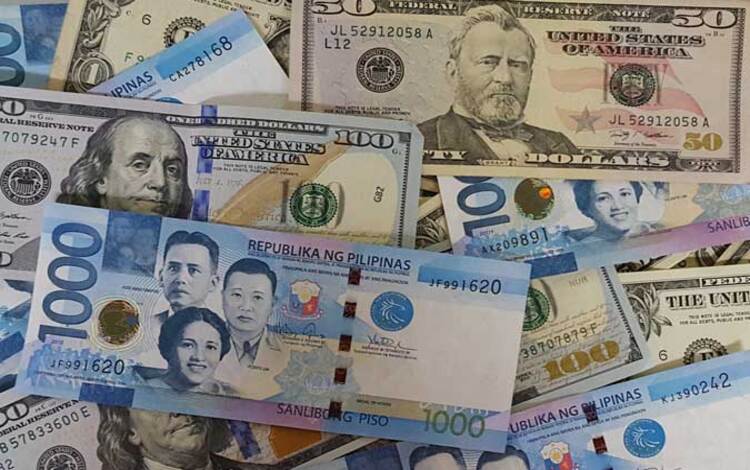The Philippines’ national debt surged past the P15 trillion mark once again in April, primarily driven by increased borrowings and the depreciation of the peso against the dollar. According to the latest data from the Bureau of the Treasury, the outstanding debt reached P15.02 trillion by the end of April, marking a 0.6 percent rise from P14.93 trillion in the previous month.

Annually, the debt stock experienced a significant increase of 7.9 percent, rising from P13.91 trillion in April 2023. This April, the government accumulated an additional P91.5 billion in new obligations, primarily due to the net issuance of government securities and the local currency’s depreciation versus the dollar.
Robert Dan Roces, chief economist at Security Bank, noted that the depreciation of the peso has notably contributed to the increase in outstanding debt by inflating the value of dollar-denominated debt. The peso breached the 57 to $1 level on April 16 for the first time in nearly two years and continued its decline, crossing the 58 to $1 threshold in May.
Treasury data highlighted that the peso depreciated against the dollar from 56.260 at the end of March to 57.583 by the end of April. Michael Ricafort, chief economist at Rizal Commercial Banking Corp., pointed out that despite a budget surplus for the month, the rise in debt might also be attributed to lower debt maturities in April compared to the significant retail Treasury bond maturity of about P700 billion in early March. He added that geopolitical risks in April, such as the Israel-Iran conflict, could have led to some hedging of government borrowings as a precaution.
The Treasury also reported that the majority, or 68.64 percent, of the debt pile consisted of domestic borrowings, while the remaining 31.36 percent were sourced externally. Total domestic debt stood at P10.31 trillion, up 0.3 percent from the previous month and nine percent higher than the P9.46 trillion recorded in April 2023. This increase is attributed to the net issuance of domestic securities worth P27.23 billion and the P3.78-billion effect of peso depreciation on foreign-currency-denominated domestic debt.
External obligations saw a 1.3 percent month-on-month rise to P4.71 trillion and a 5.74 percent increase from P4.45 trillion annually. Despite the P32.91 billion net repayment of foreign loans within the month, the significant depreciation of the peso against the dollar led to a P109.31-billion upward adjustment in the valuation of dollar-denominated debt. This was partially offset by third-currency adjustments against the US dollar, which reduced the peso value of foreign currency debt by P15.9 billion.
Additionally, total guaranteed debt obligations increased by 2.9 percent to P356.06 billion, driven by the net availment of domestic guarantees amounting to P7.54 billion and the impact of peso depreciation on foreign-currency-denominated guarantees amounting to P3.80 billion.
